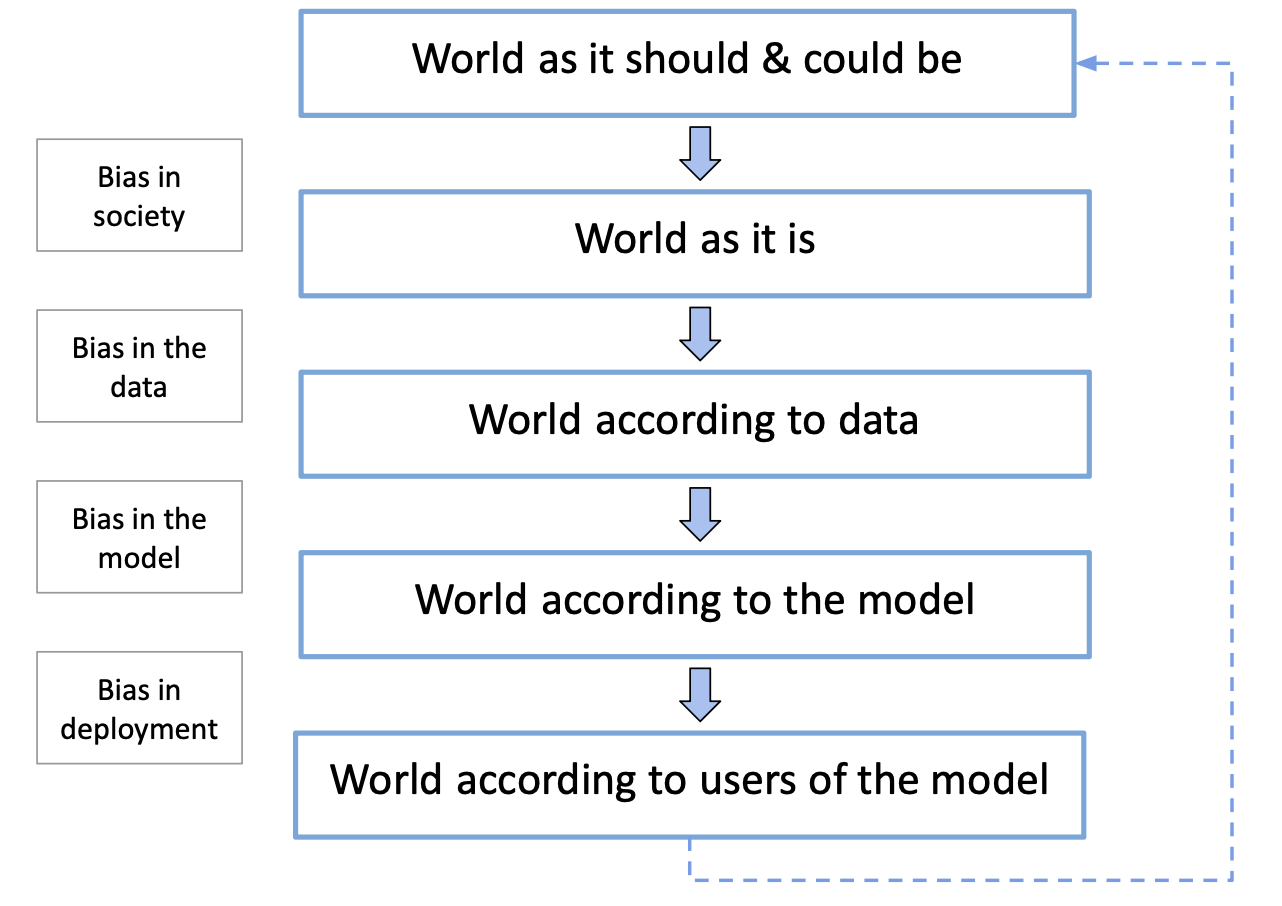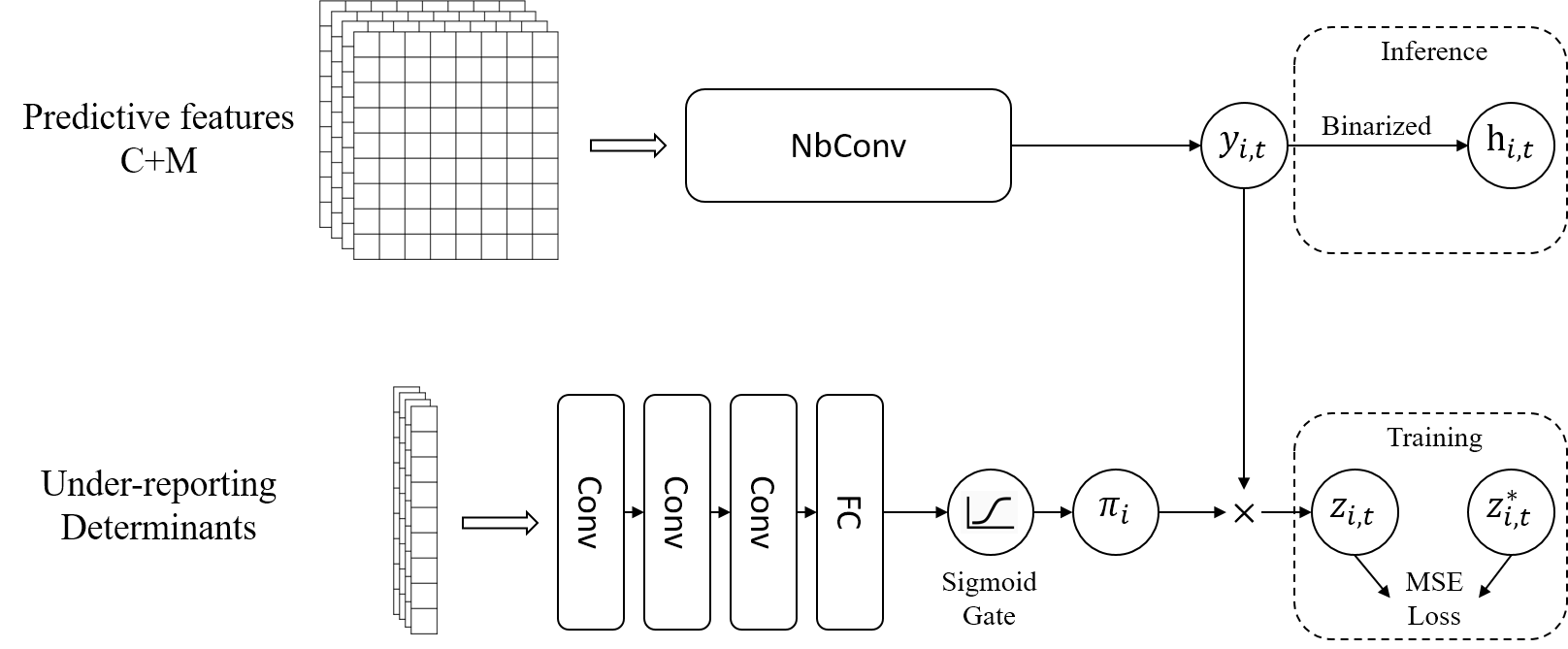An ExplainableFair Framework for Prediction of Substance Use Disorder Treatment Completion
2404.03833

0
0

Abstract
Fairness of machine learning models in healthcare has drawn increasing attention from clinicians, researchers, and even at the highest level of government. On the other hand, the importance of developing and deploying interpretable or explainable models has been demonstrated, and is essential to increasing the trustworthiness and likelihood of adoption of these models. The objective of this study was to develop and implement a framework for addressing both these issues - fairness and explainability. We propose an explainable fairness framework, first developing a model with optimized performance, and then using an in-processing approach to mitigate model biases relative to the sensitive attributes of race and sex. We then explore and visualize explanations of the model changes that lead to the fairness enhancement process through exploring the changes in importance of features. Our resulting-fairness enhanced models retain high sensitivity with improved fairness and explanations of the fairness-enhancement that may provide helpful insights for healthcare providers to guide clinical decision-making and resource allocation.
Create account to get full access
Overview
- This paper presents an "ExplainableFair" framework for predicting substance use disorder (SUD) treatment completion.
- The framework aims to address issues of bias and fairness in predictive models used in healthcare.
- The proposed approach integrates explainability and fairness techniques to develop a more transparent and equitable SUD treatment completion prediction model.
Plain English Explanation
The paper is focused on developing a better way to predict whether someone with a substance use disorder will successfully complete their treatment program. This is an important problem because being able to accurately predict treatment completion can help healthcare providers better support patients and improve outcomes.
However, the authors note that existing predictive models for this task can sometimes be biased or unfair, meaning they may perform better or worse for certain groups of people based on factors like race, gender, or socioeconomic status. This is a common issue with many machine learning models used in healthcare and other sensitive domains.
To address this, the researchers created a new framework called "ExplainableFair" that combines techniques for making the model more explainable - so we can understand how it is making its predictions - and fairer - so it performs more equitably across different demographic groups.
The key idea is to build the model in a way that allows us to "look under the hood" and see the factors it is using to make its predictions, and then make adjustments to ensure those factors are not unfairly disadvantaging certain patients. This helps create a more transparent and trustworthy system for predicting treatment completion.
Technical Explanation
The researchers developed their "ExplainableFair" framework by integrating several technical components:
-
Feature Importance Analysis: They used techniques like SHAP [1] to quantify the relative importance of different input features in the predictive model. This provides transparency into how the model is making its predictions.
-
Adversarial Debiasing: They trained the model to be robust to sensitive demographic attributes like race and gender, reducing the model's reliance on these factors and mitigating unfair biases [2].
-
Disparate Impact Regularization: They incorporated a regularization term into the model's loss function to penalize large differences in predictive performance across demographic subgroups, encouraging more equitable outcomes [3].
-
Counterfactual Explanations: They generated counterfactual examples to show how changes to certain input features would affect the model's predictions. This helps users understand how the model's decisions can be changed [4].
By combining these techniques, the researchers were able to create a predictive model for SUD treatment completion that is more explainable, fair, and actionable for healthcare providers and patients.
Critical Analysis
The paper makes a strong case for the need to address bias and fairness issues in predictive models used for healthcare applications. The proposed "ExplainableFair" framework represents a thoughtful and technically-sophisticated approach to tackling these challenges.
However, the authors acknowledge that their framework relies on several strong assumptions, such as having access to sensitive demographic attributes in the data and the ability to effectively penalize disparate impacts. In practice, these requirements may not always be feasible, especially in settings with limited data or regulatory constraints around the use of sensitive features.
Additionally, the paper does not provide a detailed evaluation of the framework's performance compared to existing fairness-aware approaches. While the technical components are well-grounded in the literature, more empirical evidence would be helpful to assess the framework's real-world effectiveness and generalizability.
Lastly, the authors could have delved deeper into potential limitations and unintended consequences of their approach. For example, the use of counterfactual explanations may raise concerns about gaming the system or creating a false sense of control for patients.
Overall, this paper makes a valuable contribution to the growing body of work on fairness in large language models and explainable AI in healthcare. However, further research and validation will be necessary to fully realize the promise of the ExplainableFair framework.
Conclusion
This paper presents a novel "ExplainableFair" framework for predicting substance use disorder treatment completion. By integrating techniques for model explainability and fairness, the researchers have developed a more transparent and equitable approach to this important healthcare challenge.
The framework's emphasis on understanding how the model makes its predictions and ensuring fair performance across demographic groups represents a significant step forward in building trustworthy AI systems for sensitive applications. While the approach has some limitations, it provides a valuable blueprint for future work on addressing bias and improving the accountability of predictive models in healthcare and beyond.
This summary was produced with help from an AI and may contain inaccuracies - check out the links to read the original source documents!
Related Papers

Explainable AI for Fair Sepsis Mortality Predictive Model
Chia-Hsuan Chang, Xiaoyang Wang, Christopher C. Yang

0
0
Artificial intelligence supports healthcare professionals with predictive modeling, greatly transforming clinical decision-making. This study addresses the crucial need for fairness and explainability in AI applications within healthcare to ensure equitable outcomes across diverse patient demographics. By focusing on the predictive modeling of sepsis-related mortality, we propose a method that learns a performance-optimized predictive model and then employs the transfer learning process to produce a model with better fairness. Our method also introduces a novel permutation-based feature importance algorithm aiming at elucidating the contribution of each feature in enhancing fairness on predictions. Unlike existing explainability methods concentrating on explaining feature contribution to predictive performance, our proposed method uniquely bridges the gap in understanding how each feature contributes to fairness. This advancement is pivotal, given sepsis's significant mortality rate and its role in one-third of hospital deaths. Our method not only aids in identifying and mitigating biases within the predictive model but also fosters trust among healthcare stakeholders by improving the transparency and fairness of model predictions, thereby contributing to more equitable and trustworthy healthcare delivery.
4/23/2024

A tutorial on fairness in machine learning in healthcare
Jianhui Gao, Benson Chou, Zachary R. McCaw, Hilary Thurston, Paul Varghese, Chuan Hong, Jessica Gronsbell

0
0
$textbf{OBJECTIVE}$: Ensuring that machine learning (ML) algorithms are safe and effective within all patient groups, and do not disadvantage particular patients, is essential to clinical decision making and preventing the reinforcement of existing healthcare inequities. The objective of this tutorial is to introduce the medical informatics community to the common notions of fairness within ML, focusing on clinical applications and implementation in practice. $textbf{TARGET AUDIENCE}$: As gaps in fairness arise in a variety of healthcare applications, this tutorial is designed to provide an understanding of fairness, without assuming prior knowledge, to researchers and clinicians who make use of modern clinical data. $textbf{SCOPE}$: We describe the fundamental concepts and methods used to define fairness in ML, including an overview of why models in healthcare may be unfair, a summary and comparison of the metrics used to quantify fairness, and a discussion of some ongoing research. We illustrate some of the fairness methods introduced through a case study of mortality prediction in a publicly available electronic health record dataset. Finally, we provide a user-friendly R package for comprehensive group fairness evaluation, enabling researchers and clinicians to assess fairness in their own ML work.
6/18/2024

An Unsupervised Approach to Achieve Supervised-Level Explainability in Healthcare Records
Joakim Edin, Maria Maistro, Lars Maal{o}e, Lasse Borgholt, Jakob D. Havtorn, Tuukka Ruotsalo

0
0
Electronic healthcare records are vital for patient safety as they document conditions, plans, and procedures in both free text and medical codes. Language models have significantly enhanced the processing of such records, streamlining workflows and reducing manual data entry, thereby saving healthcare providers significant resources. However, the black-box nature of these models often leaves healthcare professionals hesitant to trust them. State-of-the-art explainability methods increase model transparency but rely on human-annotated evidence spans, which are costly. In this study, we propose an approach to produce plausible and faithful explanations without needing such annotations. We demonstrate on the automated medical coding task that adversarial robustness training improves explanation plausibility and introduce AttInGrad, a new explanation method superior to previous ones. By combining both contributions in a fully unsupervised setup, we produce explanations of comparable quality, or better, to that of a supervised approach. We release our code and model weights.
6/14/2024

Improving the Fairness of Deep-Learning, Short-term Crime Prediction with Under-reporting-aware Models
Jiahui Wu, Vanessa Frias-Martinez

0
0
Deep learning crime predictive tools use past crime data and additional behavioral datasets to forecast future crimes. Nevertheless, these tools have been shown to suffer from unfair predictions across minority racial and ethnic groups. Current approaches to address this unfairness generally propose either pre-processing methods that mitigate the bias in the training datasets by applying corrections to crime counts based on domain knowledge or in-processing methods that are implemented as fairness regularizers to optimize for both accuracy and fairness. In this paper, we propose a novel deep learning architecture that combines the power of these two approaches to increase prediction fairness. Our results show that the proposed model improves the fairness of crime predictions when compared to models with in-processing de-biasing approaches and with models without any type of bias correction, albeit at the cost of reducing accuracy.
6/14/2024